Better Call Paul | International Rock Climbing Research Association Test Battery
In this episode, the fifth of five special Better Call Paul episodes, Kris and Paul discuss a paper from the International Rock Climbing Research Association that introduces and assesses a battery of ten tests designed specifically to measure climbing performance.
The IRCRA has designed a test battery aimed at measuring what they consider to be the ten key determinants of climbing performance. This paper outlines the ten tests chosen and then assesses their validity and reliability after applying the battery in a study of 132 climbers. Kris and Paul explain each of the tests and their thoughts on how the study was conducted and evaluated. They consider just how effective the battery proved to be at measuring climbing performance, and suggest changes that could be made.
Performance Assessment for Rock Climbers: The International Rock Climbing Research Association Sport-Specific Test Battery
By: Nick Draper, David Giles, Nicola Taylor, Laurent Vigouroux, Vanesa Espana-Romero, Jiří Baláš, Ignacio Solar Altamirano, Franziska Mally, Ina Beeretz, Jorge Couceiro Canalejo, Gabriel Josseron, Jan Kodejška, María José Arias Téllez, and German Gallo Cabeza de Vaca; published in the International Journal of Sports Physiology and Performance, Human Kinetics, 2021.
*Additional studies/resources mentioned in this episode:
Flexibility Assessment and the Role of Flexibility as a Determinant of Performance in Rock Climbing
By: Nick Draper, Simon Brent, Gavin Blackwell, and Chris Hodgson; published in the International Journal of Performance Analysis in Sport in 2009.
New episodes of Better Call Paul drop on Wednesdays. Make sure you’re subscribed, leave us a review, and share! And please tell all of your friends who are confused and overwhelmed by the amount of jumbled and conflicting training info out there, that you have the perfect podcast for them.
Got a question? Comments? Want to suggest a paper to be discussed? Get in touch and let us know!
Better Call Paul | Breaking Beta is brought to you by Power Company Climbing and Crux Conditioning, and is a proud member of the Plug Tone Audio Collective. Find full episode transcripts, citations, and more at our website.
FULL EPISODE TRANSCRIPT:
Breaking Bad Audio Clip 00:00
What can I get you?
<phone ringing>
Hey honey. I don't know what to tell you. Three stores I've been to so far and not one of them have them in stock. Well, do they have to be diapers for newborns? What if we went up a size and just kind of........alright, I understand. Alright, I'll just, I'll just keep looking. I'm pulling into Walmart now. So yeah, okay. Goodbye.
Well played.
They found water on Mars.
They have indeed.
Don't exactly know what to do with that information, but hey, god bless them, they found it.
Oh, well actually, they theoretically can separate the hydrogen from the oxygen and process that into providing fuel for manned space flights, ostensibly turning Mars into a giant gas station. So it's....we live in an amazing time. To water on Mars.
To water on Mars.
Kris Hampton 01:50
Paul, I know that last week, we said that it was the final Better Call Paul episode. But we flat out lied. And I just hadn't found this paper yet. So cheers to finding water on Mars. Cheers to finding this paper. And, incidentally, I still never heard anything about my request for this paper, but I did eventually find it.
Paul Corsaro 02:16
So it's always interesting coming into these episodes, because you know, like we've talked about it before, we don't really discuss what we think about these papers before we hop on.
Kris Hampton 02:24
Yeah
Paul Corsaro 02:24
So I always like to wait and see what clip you choose and see if that gives a hint to what you think of things. So it's always it's always a good little preview of what we're going to get from your side of the mic, when these clips come out.
Kris Hampton 02:37
Yeah, I pretty much every time like have three things or so that I'm like, "I want to find a clip that says this or this or this" And then I just go in search of it through through all of the Breaking Bad transcripts.
Paul Corsaro 02:51
They've been pretty on point so far.
Kris Hampton 02:54
We'll see if we can keep that up through Season Two.
Paul Corsaro 02:56
Haha. Yeah.
Kris Hampton 02:58
All right. The paper we're talking about, that I could not find last week, but I did find is called "The Performance Assessment For Rock Climbers: The International Rock Climbing Research Association Sports Specific Test Battery. Authors are Nick Draper, David Giles, Nicola Taylor, Vanesa España-Romero, et al. From the International Journal of Sports Physiology and Performance, Human kinetics, 2021. So pretty new paper. The purpose is to examine the validity and reliability of a battery of 10 measures designed to assess the key physiological parameters for successful rock climbing performance. And like we talked about last week, this is a topic that's pretty near and dear to our hearts, because we've spent a lot of time at Power Company and at Crux figuring out, you know, "How do we assess?, "What do we assess?", "What do those tests look like?" and, you know, trying to come up with our own battery. So it's kind of exciting to see this.
Paul Corsaro 04:05
And, you know, not just us, but you know, a lot of the industry overall is looking for these metrics and these assessments and like, you know, it was cool to find this paper because this is the first one that I can think of that has like, not just looked at this one thing, but is trying to figure out what's this battery? Where do we take someone, you know, through this and find out where we need to take them from there? So I was excited to dig into this one.
Kris Hampton 04:28
Yeah. I think it's very cool. Let's get it going.
Breaking Bad Audio Clip 04:32
You clearly don't know who you're talking to, so let me clue you in.
Paul Corsaro 04:37
I'm Paul Corsaro.
Kris Hampton 04:39
I'm Kris Hampton.
Breaking Bad Audio Clip 04:40
Lucky two guys, but just guys, okay?
Paul Corsaro 04:44
And you're listening to Breaking Beta,
Kris Hampton 04:47
Where we explore and explain the science of climbing
Breaking Bad Audio Clip 04:50
With our skills, you'll earn more than you ever would on your own.
Breaking Bad Audio Clip 04:55
We've got work to do. Are you ready?
Paul Corsaro 04:59
I am ready. How about you?
Kris Hampton 05:00
You know, when I, when I first found and started looking at this paper, I was really excited by the size of it, the the number of women in it. And I'm still excited about it, but there are a few things I want to go in on. So yes, I'm ready.
Paul Corsaro 05:23
Buckle up.
Kris Hampton 05:24
Yeah, you want to you want to take care of the methods here?
Paul Corsaro 05:26
Sure. Yeah. So this study, they went into it nd there was actually two phases. So the first phase, they were really just brainstorming almost with a group of professionals to decide what do we put in this study? Or what do we look at here? So some of the things they were looking for, the first phase was looking at a face and content validity. So these are these are terms that just kind of break down what do tests or things we look at, what do they represent? So face validity, is basically does this measure appear to be effective? Does it appear to reflect what we're trying to find? And content validity is do these elements of this test apply to what we're looking at, exploring?
Paul Corsaro 06:10
Like, for example, you know, "Does my performance on this test actually apply to my performance rock climbing?", for example. So that was the first phase. And they went about that by pretty much going through these repeated questionnaires in a group and going through this iterative process, called.... where is it...here, the Delphi method. And so basically, they just worked through that process until they came to a consensus of "What are the what are we going to look at?", "What's this battery going to consist of?" and they came, they figured out about 10 tests. And we're going to break into those in a little bit deeper, more detail as we move forward. But they came, they came upon 10 tests that they're going to look at and see how that applied to climbing. That was just the first phase, figuring out what we're going to actually look at.
Kris Hampton 06:10
Right.
Kris Hampton 06:53
Yeah, and I think that you know, that face and content validity is, is really important. Because we're in this world right now, where, you know, and rightfully so, I'm not saying that's a bad thing. But you know, deadlifting, and things like that are being used for training for climbing, as they should. However, it's going to be pretty difficult to take a deadlift and measure it and say, "This means that you're this level of climber". So the the face and content validity of a deadlift test won't measure up enough.
Paul Corsaro 07:30
Yeah. So it was good to have that first little filter in for the certain movements to figure out exactly what we need to look at.
Kris Hampton 07:38
Yeah. And it was 20, it was 20 experts and I looked at the list. There's some names we know in there, for sure, from all over the world. So really, really great list of 20 experts that went through that process.
Paul Corsaro 07:52
I mean, hell, it's hard to get three people to agree on things these days.
Kris Hampton 07:55
Haha right.
Paul Corsaro 07:55
So yeah, the fact that they got 20 and ended up somewhere, they had to do some work there, so that's pretty cool.
Kris Hampton 08:00
Totally.
Paul Corsaro 08:01
The next phase was the actual looking at how well these tests measured up. So they looked at the construct validity, which is basically that, like how well do these scores represent what we're looking to find? And when you're looking at all of these elements of validity for a study, construct validity is pretty high up there. That's kind of what you're chasing for overall. And they also looked at test/retest reliability, which I think is huge, too. Like if you get wildly different results for a test, and you do it the same way twice, like, what's that going to tell you if it's all different? So I think those are two really important things to to figure out if you're going to call this battery of tests the end-all-be-all of differentiating for performance. But for this phase, they had 132 participants, which is great. That's I think that's the biggest sample size we've seen, that hasn't been like a meta analysis or whatever.
Kris Hampton 08:54
Yeah, they mentioned in the paper that it's the largest climbing study to date, when they did it
Paul Corsaro 09:00
Which is cool. We're moving in the right direction. So all the people who want to yell about sample sizes, I'm sure you'll probably find something to yell about with this sample size too, but we're getting bigger. We're getting there. There were 45 women, 87 men. Obviously, we'd like that number to continue to be equal, but it's moving in the right direction. These people
Kris Hampton 09:21
And they were from seven different countries, which is quite cool.
Paul Corsaro 09:25
Yeah. And they did the testing in all different places, which is also cool. I'm sure you could find something to nitpick about with, you know, exactly how things stayed the same, but it seems like they did a good job.
Kris Hampton 09:37
I think that you know, one of the interesting things that people may not think about initially is you know, if we're if we're taking only climbers from the UK for instance, and we're testing them...no, no shade thrown at the UK at all, but it's very rainy over there. They spend a lot of times in their cellars, climbing on boards and training, so they're going to be wildly strong when it comes to these sorts of metrics. Whereas if you're only testing people who, you know, live in El Paso and climb at Hueco all the time, they're probably not training as much as they are climbing, so they may not be quite as strong at these metrics, even though they're climbing at the same level. So I think it's really important that they spread it out over a bunch of different countries.
Paul Corsaro 10:24
Yeah, that was a very forward thinking way of looking at it, I would say. So out of these 132 participants, they split them into four groups. And we talked a little bit about this in the previous Better Call Paul episode, how they codified you know, sport climbing grades into this numbered scale, then split that numbered scale into like, "lower", "intermediate", "advanced" and "elite". So they had these individuals self report their climbing ability, and put them into four different groups: lower, intermediate, advanced and elite. So for the Lower group, 20 of that 132 were in that group. There are 30 in the Intermediate group, 63 in the Advanced group and 19 in the Elite group.
Kris Hampton 11:07
Yeah, no, no "higher elites", "higher higher elites", or "most elitist", were mentioned.
Paul Corsaro 11:13
Haha. You know, there's plenty of elitists out there, so
Kris Hampton 11:18
Haha
Paul Corsaro 11:18
Yeah. So these individuals, they went through all these tests. They had to, I think it was two sessions, I believe, to go through all of them.
Kris Hampton 11:27
Two or three. I think it might have been three?
Paul Corsaro 11:29
That's right. Yeah, three laboratory visits. Yep, that's right. And they had to put seven days in between each visit, and they had to rest completely 24 hours before. So they're all coming in recovered, pretty standard baseline for, you know, each of these tests. They completed a standardized warm up. Briefly, it consists of five minutes walking and jogging, five minutes of general mobilizing, five minutes of specific exercises, such as pull ups, leg raises, and reduced weight finger hangs, because they mimic the movement required in the tests. They also looked at some anthropometric measurements, like height, mass, arm span, formarm volume, body density and some skinfold thickness to get a better idea of where people were at, in terms of, you know, their body shapes and dimensions there.
Kris Hampton 12:16
Yeah, they collected quite a bit from everybody. And there is a test manual that was published in November 2015, called the IRCRA Performance Related Test Battery For Climbers that you can find on the internet. I have a copy of it here, that lays out the all of the ,all of the scheduling that they did, you know, it gives you all the details. So if you were someone who wanted to try and reproduce this, it's very easy to do. And that's how they were able to do it in seven different countries, at labs in each of those countries and make sure that, you know, all of the methods were across the board.
Paul Corsaro 12:55
Yeah. And so for all these tests, they went and we're gonna break down these tests here shortly, but they went through this battery of tests, and looked at the construct validity. So basically, they wanted to see how well these tests split this group of people up into their difficulty level, and whether you could see discrete differences between each group based on how you score on the test. And then with these tests, they also repeated a bunch of them to try and find that test/retest reliability. They didn't do the hangs and the power slap. They didn't retest those for reliability, which I thought was interesting, but I'm pretty sure there's a lot of research out there that that stuff's pretty reliable. So maybe they're just trying to save some time. But that gave me pause. At first, I was like, "Wait a minute, we're not gonna look at those ones? The ones where we're actually pulling off of an edge or grip?"
Kris Hampton 13:42
Yep.
Paul Corsaro 13:43
I guess you could go either way. But I personally, I think it would have been cool if they retested that one as well. Because, you know, the more evidence that these things are repeatable and reliable, the better in my opinion.
Kris Hampton 13:54
Yeah, I agree completely. And you're usually the one who points this out, but I think we do have to keep in mind that, you know, this, this manual was, was put out in 2015. This paper gets published in 2021. So this was already a very long process. So adding more and more to it just makes it less likely, you're gonna get a lot of people to do it.
Paul Corsaro 14:20
For sure
Kris Hampton 14:20
So there have to be some trade offs.
Paul Corsaro 14:22
Sure. Cool. So do you want to dig into the specifics of the test?
Kris Hampton 14:25
Yeah, let's talk about those. There were 10 tests. Test One was a climbing specific foot raise with rotation. And we talked about this test last season. Season One, episode four. This is the test that use the climber flex apparatus. Essentially, you set up on a hand rung with two footholds and you raise a foot as high as possible along a scale that's out to your right and to your left. And then Test Two was the same thing but without rotation. You had to keep your shoulders and your hips parallel to the wall while you were raising your foot.
Paul Corsaro 15:04
And then the third test was a maximal finger strength. So pretty much an individual, we used a 23 millimeter deep rung. They stood directly below the the edge so that their elbow was completely straight and their shoulder was completely flexed, so pretty much reaching up about 180 degrees of shoulder flexion. They're standing on a scale and what they would do is they would pull down on that edge by slowly lifting the knees and heels to smoothly load that edge, and pull until that number on the scale got as low as possible, they could hold that for three seconds. So they did it on both arms and took the lowest value. If the person could pull themselves completely off the scale, they added weight until they couldn't. So they just found that lowest value there.
Kris Hampton 15:47
Just a, just a note on that test. They did that test in both open hand and full crimp. I don't know why they didn't do a half crimp. Maybe they thought going on both sides was better. But that's how it was done, open and full crimp.
Paul Corsaro 16:01
Yeah, I was, I was a little confused why they would not keep the same grip throughout the two different tests or the same edge size. They switched edge sizes from 23 to 30 millimeter. I'm sure there were reasons. I don't know what those reasons were.
Paul Corsaro 16:01
I wonder if that you know, there's always going to be a little bit of that individual variance in a half crimp, like we're not busting out the protractor for those knuckles. So maybe just all the way closed, all the way open, we can just go from there. The fourth test was finger hangs. This looked at more of the endurance aspect of things. So they were using a 30 millimeter edge. They would hang with their hands shoulder width apart on that edge, just pretty much until they failed and they took they measured the time. So what was interesting to me here was the thumb was allowed to touch the rung and the climbers were able to use their preferred grip, so they can kind of do whatever. So I think that might have added a lot of variance in my opinion, but I guess we'll see what the results say down the road.
Breaking Bad Audio Clip 17:04
Leave that for smarter minds than me. Science is a mystery.
Kris Hampton 17:10
And then Test Five was the power slap, which is a 45 millimeter rung, no feet. Essentially on a campus board with just one rung at the bottom and then marked intervals up the board. They were allowed to use their preferred grip again, and it's an explosive pull and slap as high as you can, making sure that the movement is initiated in the shoulder, so no kipping. Essentially just a big campus move off of a big rung.
Paul Corsaro 17:43
Then after the power slap, they moved into the bent arm hang. So the first one, so Number sSx on the document is the two arm bent arm hang. So what they're doing there, they are just pretty much holding a lock off. So palms are facing forward, top position of pull up, hanging, the legs are hanging free and until...they just measure that time from the start position, stop the timer when the chin drops below the height of the bar. And then the next test, so Test Seven would be the one arm bent arm hang. So using a chair, they get both hands in the pull up position with their fingers forward, they let go with one hand, and then just hold that one arm lock off until the chin drop below the height of the bar. And they take the measure for both sides.
Kris Hampton 18:26
Yep, and Test Eight is the pull up shoulder endurance test on a bar. You essentially do full pull ups from dead hang all the way to the top and back down. The interesting thing here that I really like is that they're doing it using a metronome at 60 BPM, which is.... and they're doing it at 15 reps per minute. So essentially, four seconds to complete one pull up rep. So that would be starting at deadhang and then on the next beat, you pulled a 90, on the next beat you pulled a full lock off, next beat back to 90, next beat back to a dead hang. You know so it's pulled a 90, pulled a full lock, back to 90, back to dead hang, pull the 90, pull the full lock and so on and so on for the max number of reps. I really liked that pacing they put in here.
Paul Corsaro 19:20
Me too. Yeah, especially if you're considering endurance is what you're looking at here like making sure we can keep the movement strategy the same for as many people as possible, that's just gonna give you a better look at the actual endurance quality. So yeah, I was with you on that. I had that highlighted. I like that. The next test was a plank. So pretty straightforward. Just your elbows at 90 degrees, elbows right beneath the shoulders, you're just holding a good plank until you lose that horizontal position. And the metric they're looking at is just the time. Then the last test was the 90 degree bent leg raise. So you'd have two desks. Below you, you'd have your forearms on the desk and you just pick your feet up so you're holding almost a chair position without any support. And again, they're just going until you can't keep that. So your hips and knees are both 90 degrees. The second you lose that angle, the test stops, and then they are just taking that time for the metric.
Kris Hampton 19:21
Yep. What did you think about these 10 tests when you first looked through them?
Paul Corsaro 20:16
Um, they all seems like logical at first glance. In terms of like core stability, I didn't really think the plank or the bent leg raise did a whole lot. It seemed like there's a lot of wiggle room for stuff to, for people to do things differently there. Made sense that we had the finger strength work in there. I liked the scale for actually pulling and being active with your hands instead of like, you've talked about the offensive versus defensive grips.
Kris Hampton 20:44
Yeah
Paul Corsaro 20:45
It's a good offensive grip there. You know, I, I was alright with it, for the most part.
Kris Hampton 20:51
Yeah, same. I thought it looked pretty good. It, it felt a lot like what we did, in, you know, let's, let's look at the face and content validity of these tests that we think are going to work. And then let's do some testing and see, see what happens. And, you know, we've, we've gone through several iterations of our assessment over time, and come to some things that we think work really well and we've gotten rid of other things. Core strength being one of the things we've gotten rid of, so I sort of had the same thought with the core strength as you. And one of the important things here, I think, is that, you know, all of these are being done in a lab with someone watching. And when we are coming up with things, we have to think in terms of, we don't want it to be able to be cheated very easily by the person. In this case, they could always say, "Okay, you're, you know, you've you've broken the 90 with your hips, in the the 90 degree bent leg raise", or whatever, so test stops there. Whereas a person doing it at home might break the 90, but keep going for 30 more seconds, because they they don't think they've broken it. You know what I mean?
Paul Corsaro 22:06
Yeah, so I guess maybe that's just where my brain went. Because I'm used to, we're used to giving out that says, like, "How can I make this as clear as possible, just so people can keep themselves honest, when they do that?". You know, they have the luxury of, like you said, having the researcher watching them and cutting things off when they stopped.
Kris Hampton 22:22
Yep, totally. Alright, let's, uh, let's take a quick break and we'll be right back.
Breaking Bad Audio Clip 22:25
Please. Alright, I really need a break here, okay.
Kris Hampton 22:30
For years, we've helped climbers break plateaus. We've seen patterns emerge, showing what's most effective for each level of climber. Those patterns became our Proven Plans, a training system that you can follow from beginner until you're climbing 5.14, V12 and beyond, with workouts geared toward your goals and focused on improving not only strength and power, but tactics and mindset as well. Each Proven Plan is access through the Power Company mobile app, with a built in group chat and an option to work directly with one of our coaches. We don't believe in a one size fits all approach to climbing. You shouldn't either.
Breaking Bad Audio Clip 23:06
Let's all get back to work for Christ's sake, okay!
Kris Hampton 23:09
All right, we have returned. Looking at the results of this paper, it it was not surprising to me at all, actually, that Tests One and Two, first off, the foot raises as well as Nine and Ten, the core strength tests like we just talked about, didn't do a good job of differentiating between climbers' different ability levels. We've tried a few core tests. We've gotten... haven't gotten much out of them, so we've gotten rid of them. And the foot raise, I was actually I was really surprised it was included. When I first looked through these, that was the first thing I saw, you know, they are Tests One and Two. And I saw the image and I was like, "Surely this is not that same test that we criticized back in Episode Four of Season One because they didn't tell us how big the handhold was." and I thought that might come into play with whether they were actually testing flexibility or not. And they do tell us in this paper that the the handhold on the Climb-A-Flex was 30 millimeters, which is still a size that requires some some finger strength to lean hard off of while you're raising your leg. So you know in that previous paper, they did mention more research is warranted. We think we had some methodological problems. So I guess it makes sense that it showed up again here, but I definitely was confused about it.
Breaking Bad Audio Clip 24:35
Why? Why do you gotta go and do this?
Kris Hampton 24:37
What I thought should have been there was that Adapted Grant Foot Raise that that you and I both last season thought was the better test for climbers and didn't need the Climb-A-Flex apparatus.
Paul Corsaro 24:50
Yeah. But uh, but yeah, I was kind of with you on that. I wonder if maybe they just went with something that was already previously researched and they had at least some evidence of how to standardize this and how to perform this where they can share it around and not have to create something completely from scratch.
Kris Hampton 25:06
Yeah, I think in that in that older paper, back in 2009, Nick Draper, same author, as you know, this paper, I think in that paper, it did show good differentiation between the levels of climbers, but they weren't, it didn't have good reliability. So I think that was why they called it disappointing in that first paper, but maybe why they're trying to flesh it out a little bit and figure out how to make it work. So so I do get that it's there. I just hoped that wasn't the case when I saw the images.
Paul Corsaro 25:39
Right.
Kris Hampton 25:40
Another one that didn't do well, the single arm full lock off did not do well.
Paul Corsaro 25:45
Yeah.
Kris Hampton 25:45
And I think this was something that, in our conversations, for our assessments, we would have picked out pretty quickly that unless you're a pretty advanced climber, you're not going to be able to hold a single arm full lock off. And that was the case. They had lots of the lower level, the intermediate and some of the advanced climbers who couldn't do it. Scored zero on the test.
Paul Corsaro 26:10
Yeah. Couldn't do it. Scored zero. So yeah, that kind of that makes sense. There's gonna be a pretty high floor for that one in terms of just ability. But um, it looked like the two arm one did a little bit better on that front, the two arm lock off hang.
Kris Hampton 26:23
Yeah, I was, I wondered why they didn't try the one arm standing on a scale similar to the setup they did with the one arm hang. Rather than trying to have them hold it, why not try and have them pull their weight off a scale?
Paul Corsaro 26:38
Maybe that'd be more of a maximal strength goal, as opposed to an endurance goal they were looking at there?
Kris Hampton 26:44
Yeah, could be. Yeah, but like you said, the two arms did pretty well. The one that surprised me though, the most, was that Test Three, the one arm hangs, did not differentiate very well. And I'm curious as to why. They ended up throwing it out, essentially. They make a, they make a statement once in the paper that it differentiates and then later they make the statement, "It didn't do well", so and they throw it out. So I'm not sure exactly what was going on there or what happened there.
Paul Corsaro 27:21
Seemed like there's a little bit of bouncing around between the visual inspection of differentiating climbers, and then actually what they just
Kris Hampton 27:28
What the data says.
Paul Corsaro 27:29
Yeah. So yeah, that was interesting. And we had to kind of reread things a couple times and try and parse things a little bit here.
Kris Hampton 27:36
Yeah, and I wonder if it has anything to do with the, the setup for that measurement. I know for sure that when I'm hanging on, on an edge, one armed, if I slightly flex my, my elbow, and if I pull my shoulder in a little bit, I can express my finger strength better. And because they were asking them to hang completely straight armed, maybe that threw it off a little bit. I would expect the better climbers to be able to hang, you know, with more, or with with less weight taken off of the scale, then, you know, then the other climber so it that one confused me
Paul Corsaro 28:20
Also, you know, I bet that's why they do these studies, too. We can't just assume right? We got to test it out.
Kris Hampton 28:25
Totally, totally. And I also thought maybe this is a side effect of something that we've encountered and discussed a lot, which is, are we trying to dial down to a specific characteristic, like, maximal strength or are we just trying to find something that resembles strength that does differentiate between rock climbers, and, you know, they're trying to come up with maximal finger strength, so they're trying to take the shoulder and the elbow and the arm out of the equation, which is not how climbing works. Though, I understand why they would try and do that.
Paul Corsaro 29:01
Right. Yeah. So that could be a great example of that right there.
Kris Hampton 29:05
Yeah, let's, let's talk about the four that did well, Tests Four, Five, Six, and Eight. Those are the continuous hang, the power slap, the two arm lock off. I'm giving them my names so that they make more sense to the average listener. And the pull up quantity test. Those showed good validity and reliability. They differentiated well. The continuous hang and the power slap they mentioned are kind of their.... the two top favorites that came out of this.
Paul Corsaro 29:38
And man, when I see that I kind of get happy because they're the simplest out of all the 10 there too.
Kris Hampton 29:44
Yeah.
Paul Corsaro 29:44
So you know, that's always nice to see, where like the simple measures are always going to be earliest, where the simple measures are backed up by evidence as a really good way to look at something. So
Kris Hampton 29:54
Yeah, and it also makes me happy in a selfish sort of way that we have some version of these in our testing battery, you know, we've we've come to similar conclusions. The one that we don't really have a, you know, a perfect example of is the lock off. We use a weighted pull up. That for us has proven to be a good differentiator. And and I'm actually curious as to why a weighted pull was not included here. Maybe I mean, I'm sure they thought the one arm pull was going to the one arm lock off was going to be the thing that showed pulling strength, so maybe that's it?
Paul Corsaro 30:32
Yeah, I think that would be really interesting to look at the pulls. Because, you know, even the only like pulling, actual pulling movement they did was we just talked about the finger strength, the max finger strength, but they did everything they could to take the rest of the arm out of it. So it'd be interesting to see if that could have a factor, you know?
Kris Hampton 30:50
Yeah. How do you how do you feel about how it all came out?
Paul Corsaro 30:54
I kinda like it. It's a great basis for building your own assessment battery. Someone wants to ask,"Where's your evidence for why you have your assessment battery?" or "Why you do the look at these things?", I think this would be a great cornerstone to fall back on. Again, I like it because it fit my biases too. I'll be frank about that.
Kris Hampton 31:14
Haha. Of course.
Paul Corsaro 31:15
Haha. Oh cool! This, this says what I thought it going to say. Great!
Kris Hampton 31:19
Yeah, totally. I mean, we have to like what we're biased toward. That's just how we're programmed as humans. I also like that, you know, it sort of fits into the IRCRA's stated mission of, you know, furthering not only furthering climbing research, but also creating some sort of a conversation between coaches and climbers and researchers, and this does provide a nice basis for coaches who want to do assessments.
Breaking Bad Audio Clip 31:53
Yeah science!
Kris Hampton 31:54
I would love to see this distributed more widely and pushed out there to coaches more. You know, maybe that's, maybe we're doing that a little bit right now. But I would love to see the IRCRA doing more of that themselves, or providing some sort of forum for discussion amongst coaches in general for it.
Paul Corsaro 32:15
Yeah, because I've seen some pretty wild things in terms of assessing people
Kris Hampton 32:18
Haha no doubt
Paul Corsaro 32:19
The last couple years. Haha. Yeah. So you know, some information for everyone, I think would be great. So this is a piece that needs to be out there more.
Kris Hampton 32:29
Yeah, totally. I agree. Based on what they found, are there things that you would like to see happen next? As a coach who's regularly reading the research, what would you love to see happen?
Paul Corsaro 32:43
I love to see them look at a one arm pull and add that into the battery. I think that'd be a big one. And I like to see maybe breaking these all down and do individual components studies, just a little more in depth. But yeah, I think this is a great kind of arrow pointing to where things could go.
Kris Hampton 33:02
Yeah, I agree. One of the things I would really like to see done is, besides the weighted pull up, which I've already mentioned, I would love to see that. But the power slap, I would like to see explored even more. I'd like to see if it could be if it shows the same sort of reliability and differentiation on a smaller edge. I'd like to see it done using feet. I'm just curious how that would play out. It won't be, you know, specifically an upper body power test anymore, but but neither is climbing, to be honest. So I'm curious how that would show up. And I think the power slap showed such good promise here, why not see if we can, you know, make it more useful for the average every day facility? Because the the size edge that they used is really big. It's like it's over an inch, it's almost two inches, like an inch and three quarters. And most places just don't have campus rungs that size. So I'd be curious to see it done on whatever the average large campus rung is, which I think is about an inch.
Paul Corsaro 34:21
On that note, you know, this whole IRCRA is about creating this cooperation and communication all across the world. I think they could be a great body for maybe putting out guidelines or recommendations for standardized setups for these, just to get everybody on the same page. So I think you know, a power slap standard setup would be great because we don't have that right now. Everyone kind of does something similar to where they're doing it, but there's differences.
Kris Hampton 34:45
Right
Paul Corsaro 34:45
I think this could be an opportunity for some just standards for how we are going to look at these tests or something along these lines. Get everybody speaking the same language.
Kris Hampton 34:53
Yeah. And they do they do have a diagram of the power slap board here, so if if we wanted to build one, we certainly could. And I think if you're if you're a facility who is regularly doing assessments and you have access to this IRCRA data as well, then that's probably a smart thing to do is build one of those. They also have a diagram for the Climb-A-Flex. I'm not so sure I'd build one of those.
Paul Corsaro 35:17
I mean, you're not putting it in the Machine Shop?
Kris Hampton 35:19
Hahaha. I'm gonna take out the 45 degree spray wall and just put a Climb-A-Flex in.
Paul Corsaro 35:24
Clearly, that's the only thing you need to do, so.
Kris Hampton 35:27
Haha.
Paul Corsaro 35:27
Look it up, it's science!
Kris Hampton 35:30
What else was there? I'd like to see the single arm test done in a preferred grip with a with a small amount of arm movement, like, you know, flexing a little at the elbow. And I'd love to see if that changes things. I suspect that the open and full crimp, being you know, using both sort of hindered a lot of people. Epecially at the lower levels of climbing, I very often see people who prefer one grip style over the other almost to the point of exclusion, like they never open hand or they never full crimped, or
Paul Corsaro 36:11
Or they never use their pinkies
Kris Hampton 36:12
Hahaha. Or they use their pinkies. And some higher level climbers. I mean, I'm I'm myself included in that group of I very rarely full crimp and I prefer the three finger open hand. So I think using both of those grips might have thrown things off a little bit and I wonder if our preferred grip might change that.
Paul Corsaro 36:32
Yeah, because you know, max force generated, there's a psychological component of it and if you don't feel safe in a grip, you're going to put restrictor plates on how much force you generate, for sure, so.
Paul Corsaro 36:41
Yeah.
Kris Hampton 36:41
Yeah totally, totally. They also they make some good suggestions in this paper concerning the flexibility and core strength tests, that they they tried to do the tests. They didn't show much, so they got thrown out, essentially. However, they do make some interesting statements about you know, it, you might need these things up to a point, at least, this is what the research is suggesting. You might need them up to a certain point and then above that threshold, we don't need to worry too much about core strength or about flexibility, unless it's really specific cases for your specific project or if you have this obvious mobility deficiency or something to that effect.
Kris Hampton 36:43
And there's also been some research saying, core strength might just be really hard to measure and it's going to be really sport specific, so measuring it becomes even more difficult.
Paul Corsaro 37:36
I mean, if I had to sit down and think about what I would if I could only pick one exercise to measure like climbing specific core strength, I still don't, we've all talked about this, like, I don't know, I don't even know where I go.
Kris Hampton 37:47
Yeah, we tried a few things, and just no... we got nothing out of it. So data is just all over the place. It's very, very tricky to figure out how to measure climbing specific core strength.
Paul Corsaro 38:02
I did like, going back to flexibility real quick, when they said for higher grade climbers who have already passed that, I guess, flexibility filter, if you will, if they are returning to climbing after an injury, a flexibility assessment might be useful. And I think that might be. You know, making sure you can own these positions that you know, hard rock climbing puts you in, hard relative to however you rock climb. But you know, making sure you can really own those positions you're in and you're physiologically prepared for getting back into those positions. So I do agree with that, like, definitely has its place.
Kris Hampton 38:34
Yeah, I agree with that as well. And I don't want that to be misconstrued as us saying flexibility will keep you from getting injured. It's more you've gotten injured in this position, your body is likely to you know, regulate how you get into that position, because it doesn't want to get injured again. So it will probably reduce your mobility in that in that same movement. So you know, making sure that you can still get into those positions is a really great thing.
Paul Corsaro 39:04
Yeah. I mean, we've got a person who's training at Crux, who just started pretty recently who has came back from a pretty like full on shoulder surgery, shoulder reconstruction, and they have the ability, when passively tested, to get completely overhead, but you start loading it up, they start kind of shorting that position. And it's been useful to remind them that, "You can get there, it's okay". There's maybe some threat perception there, so knowing where that is and where you can kind of pursue that in the safe, responsible way could speed up your recovery and return to performance.
Kris Hampton 39:34
Yeah, totally. I think that's that's super smart. Anything else from you on this paper?
Paul Corsaro 39:41
No, it was great. I was stoked you found it. I liked the simple actionable stuff that came out from it. You know, we can always armchair quarterback some of the results and or some of the methods in certain ways, but overall, like this one gets the stamp of approval.
Kris Hampton 39:57
Yeah, totally smart, well done, you know a big sample size for rock climbing, especially a big sample size, larger sample size of women than we've seen in the past. So, for me, I think this is a big win. And I'm glad that it's out there.
Kris Hampton 40:15
All right, you can find both Paul and I all over the internet's by following the links right there in the show notes in your pocket supercomputers. You can find Paul at his gym, Crux Conditioning in Chattanooga, Tennessee. If you have questions, comments or papers you'd like for us to take a look at hit us up at community.powercompanyclimbing.com. We are going to be doing this season several papers that were suggested to us by listeners, so thank you all for for your suggestions. Don't forget to subscribe to the show, leave us a review. And please tell all of your friends who think that their side splits and their one arm hang numbers are enough to make them great rock climbers that you have the perfect podcast for them. We'll see you in a few weeks when Season Two officially drops. And now that we've got the entire season laid out, I can tell you for sure that we'll be looking at a few other ways to assess climbing, both movement and energy systems, how attention and pressure affect performance, more on climber shoulders, does chalking up or shaking out actually help you or are you just wasting your damn time and money and energy, and maybe most exciting, we've got some studies specifically looking at female climbers. It's about damn time
Paul Corsaro 40:15
100%
Paul Corsaro 41:32
Can't wait guys. Onward.
Breaking Bad Audio Clip 41:34
It's done.
Breaking Bad Audio Clip 41:35
You keep saying that and it's bullshit every time. Always. You know what? I'm done.
Breaking Bad Audio Clip 41:42
Okay, you and I, we're done.
Kris Hampton 41:46
Breaking Beta is brought to you by Power Company Climbing and Crux Conditioning and is a proud member of the Plug Tone Audio Collective. For transcripts, citations and more, visit powercompanyclimbing.com/breakingbeta
Breaking Bad Audio Clip 41:59
Let's not get lost in the who, what and whens. The point is we did our due diligence.
Kris Hampton 42:06
Our music, including our theme song Tumbleweed, is from legendary South Dakota band Riff Lord.
Breaking Bad Audio Clip 42:12
This is it. This is how it ends.

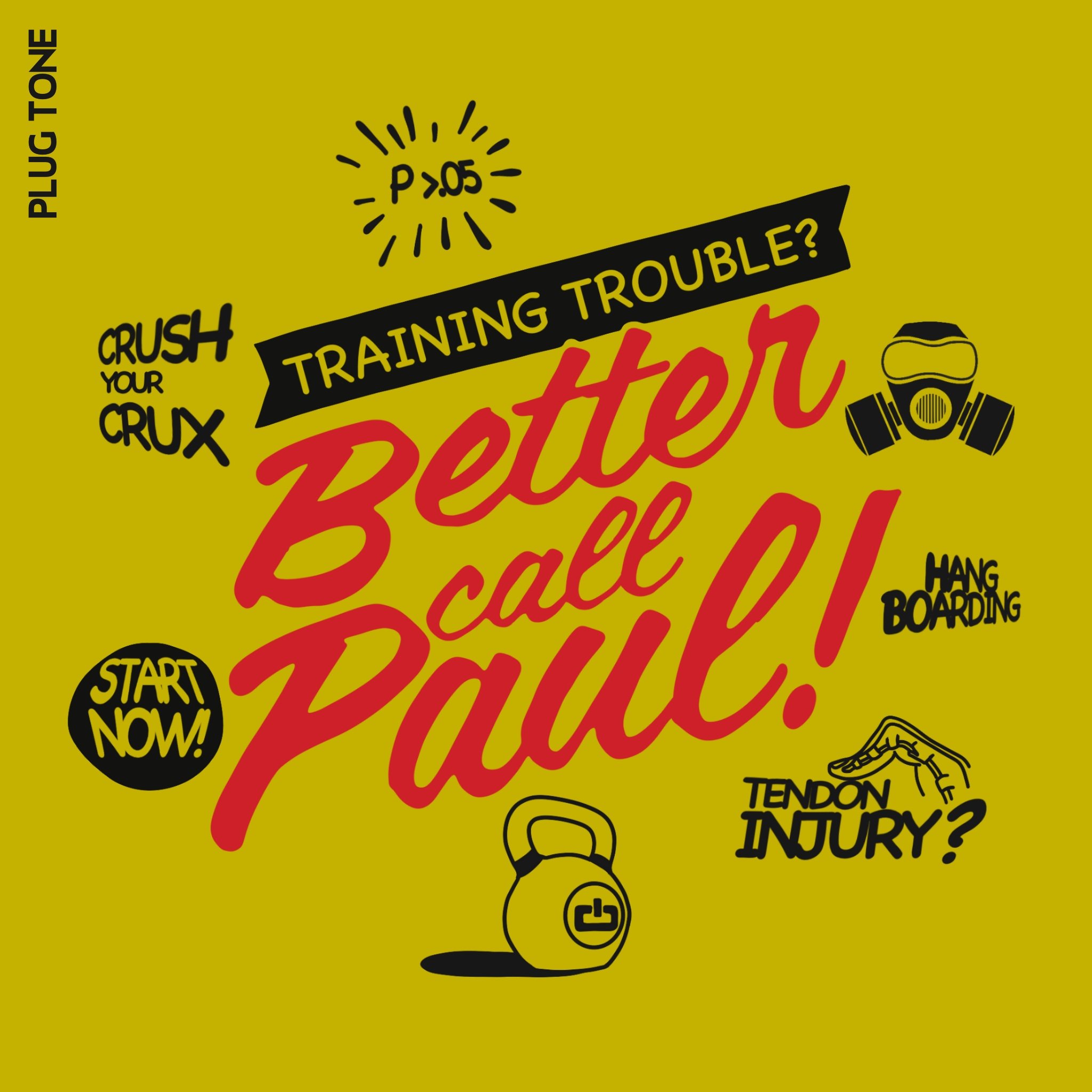



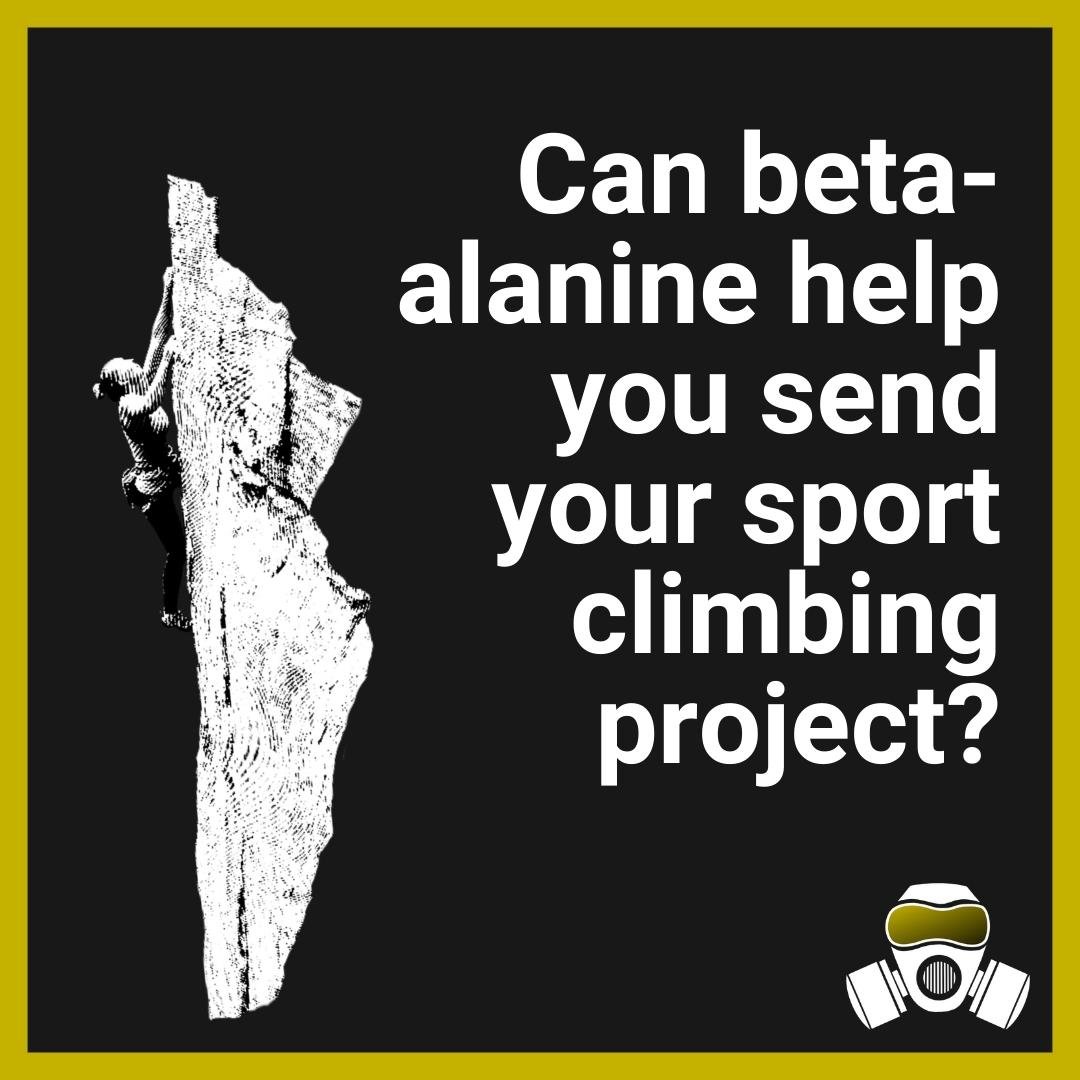


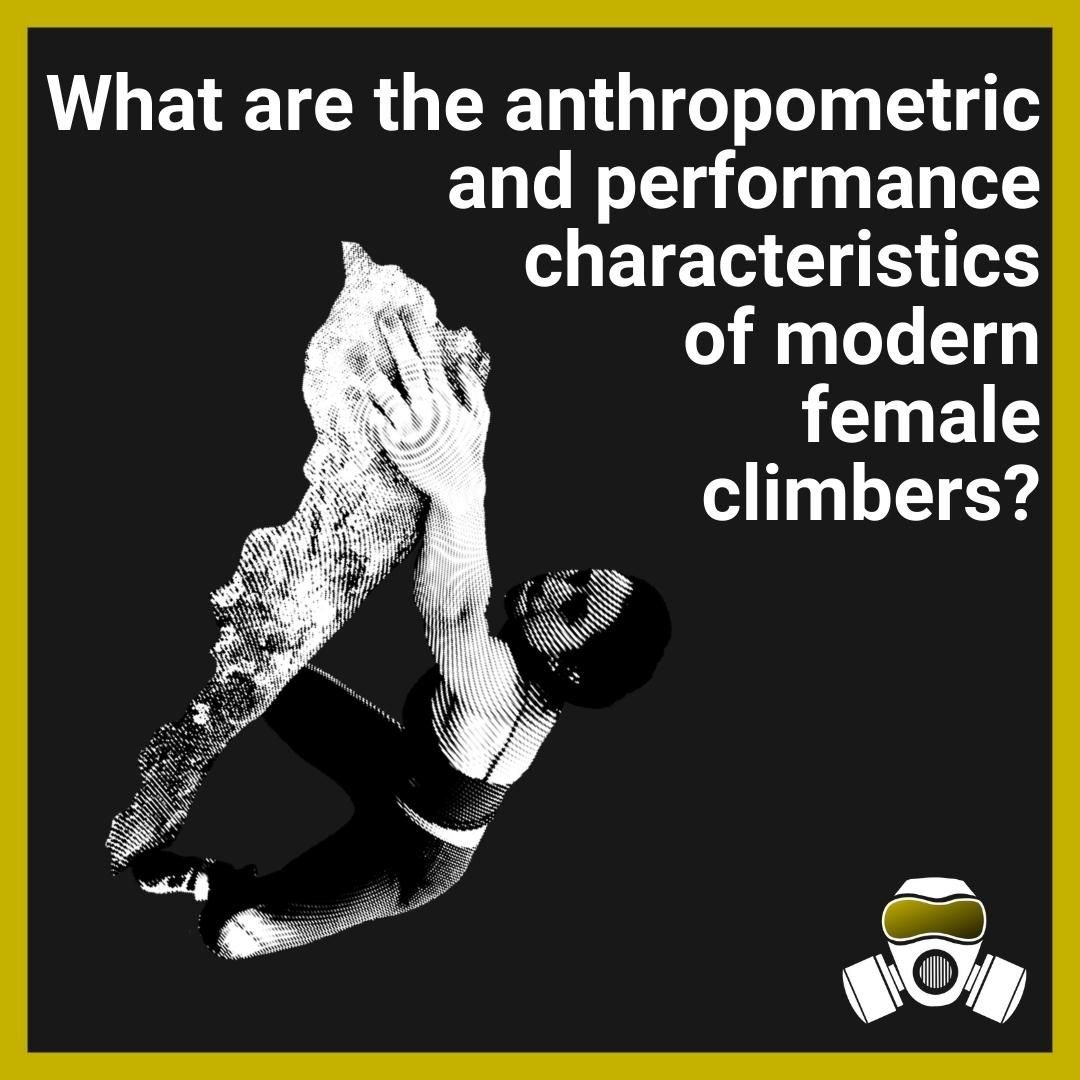
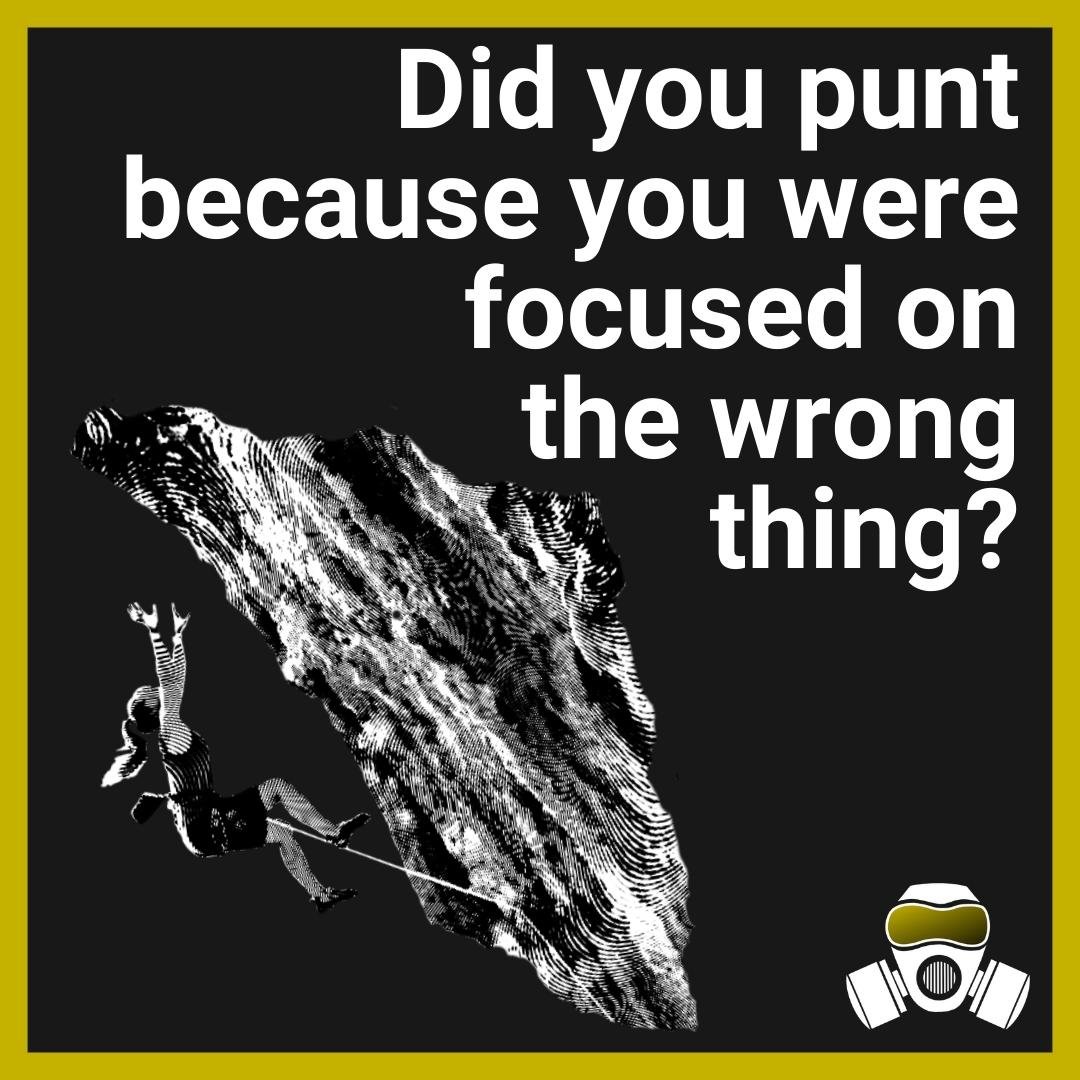

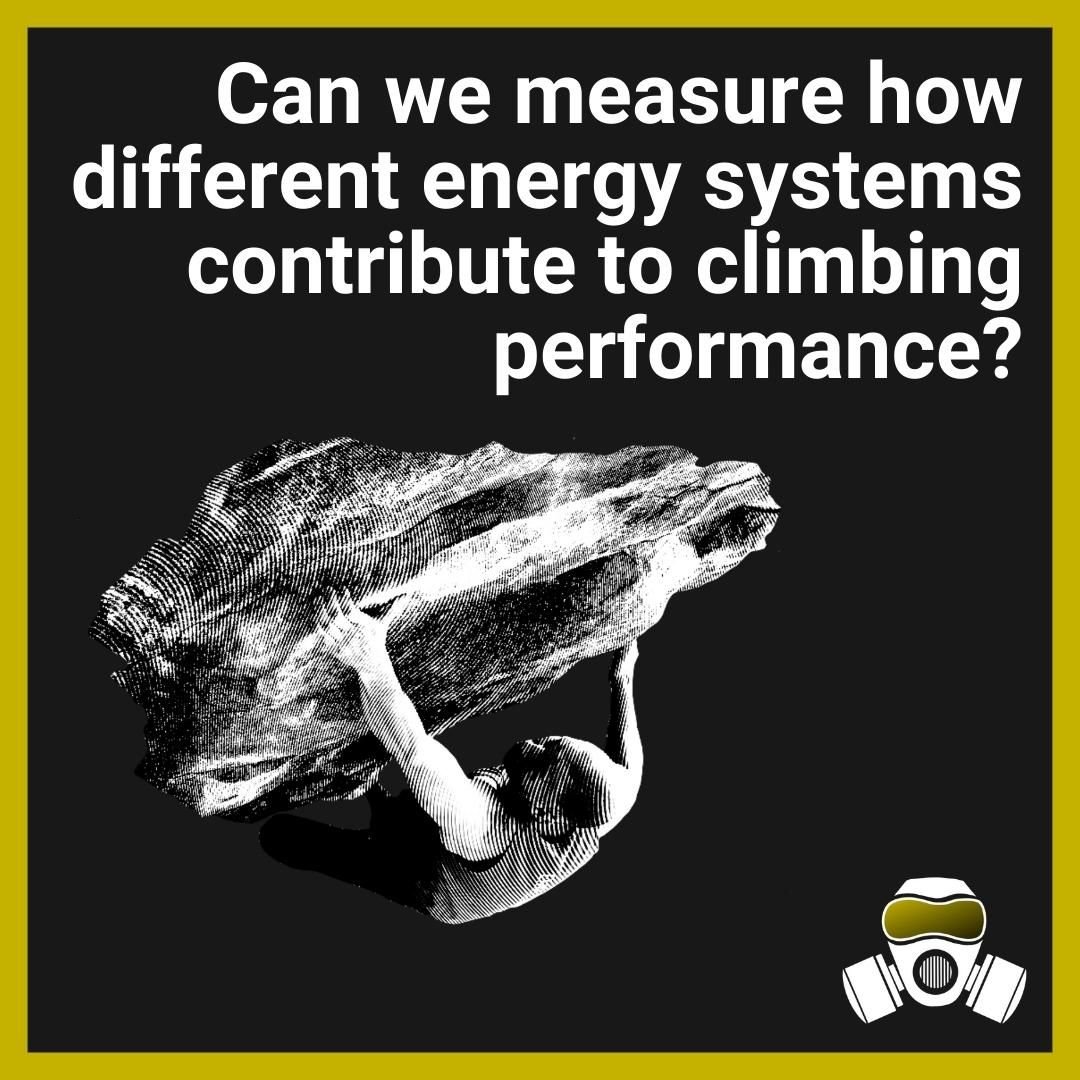
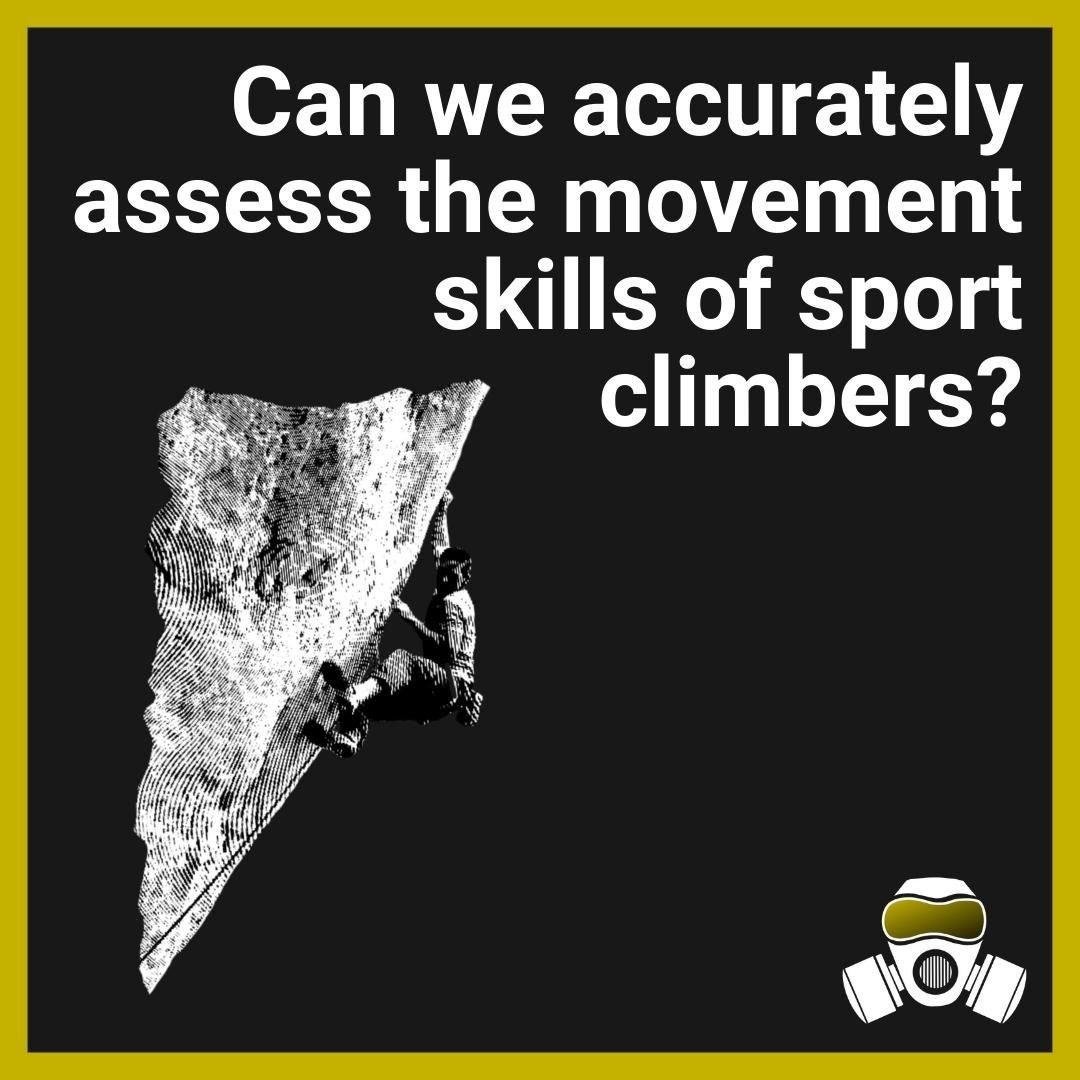
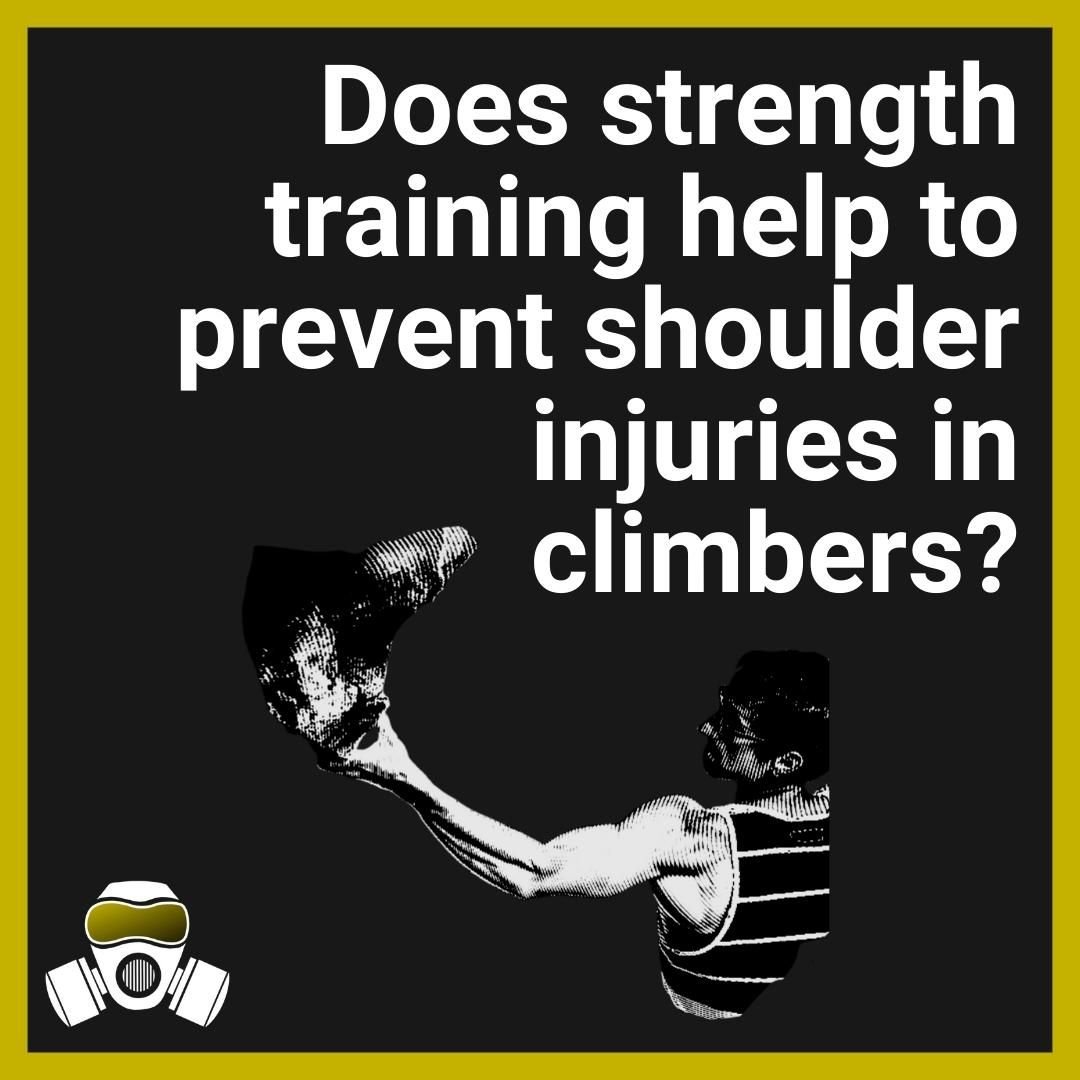











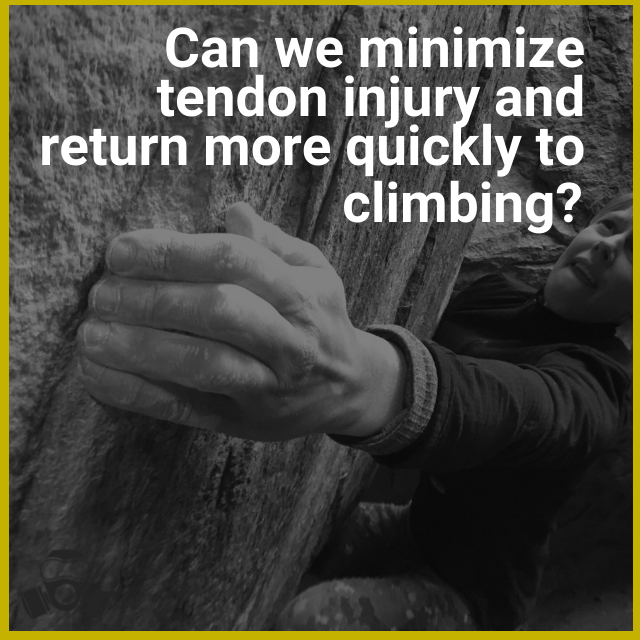
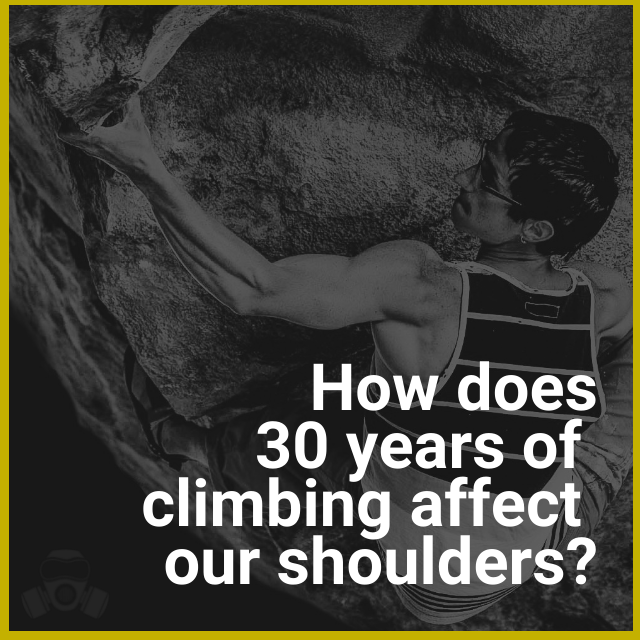





Kris and Paul dig into a paper that presents and then tests a method for measuring movement skills in sport climbing.